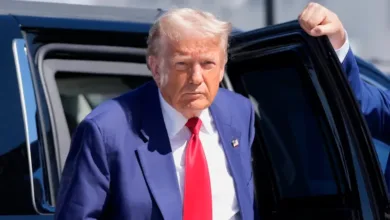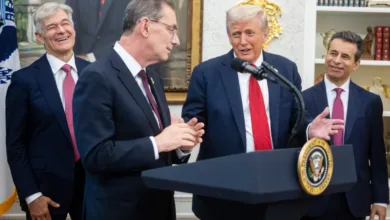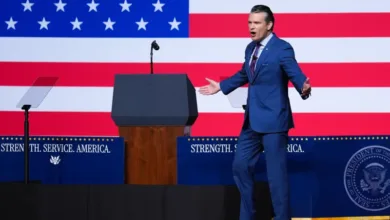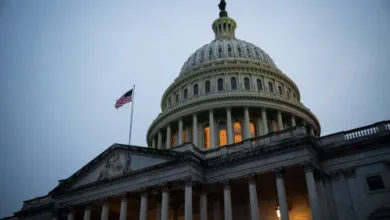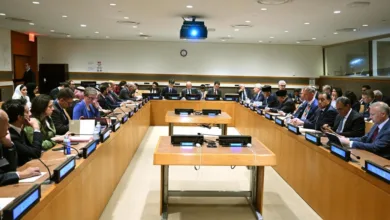Are We on the Brink of a New Cold War?
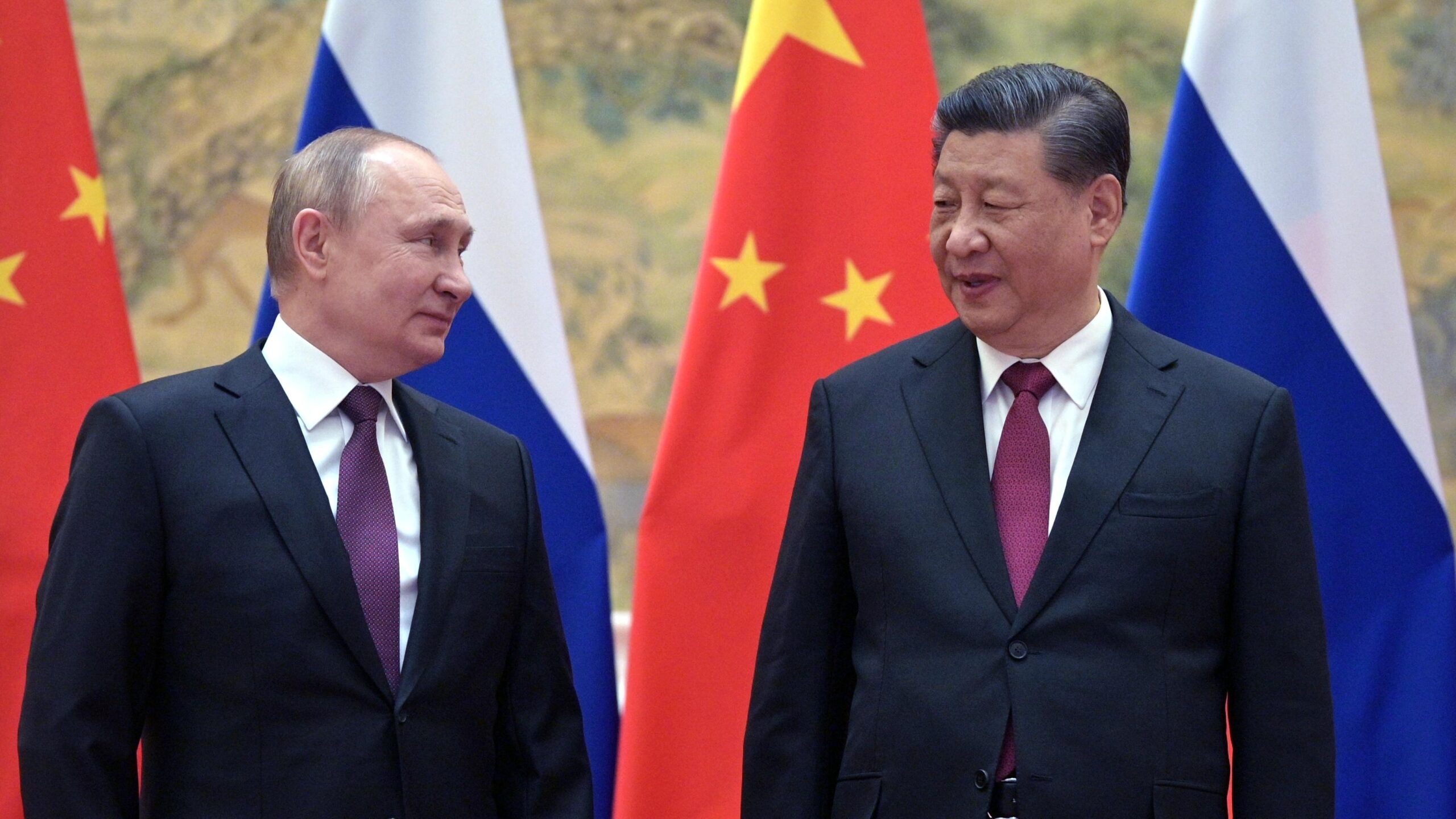
The geopolitical landscape is increasingly tense, raising questions about whether the world is on the verge of a new Cold War. Political analysts, historians, and economists are examining signals from global powers, particularly the United States, China, and Russia, to understand the implications for international relations and market stability. Emerging conflicts in trade, technology, and military posturing are reminiscent of the 20th-century Cold War era, but today’s dynamics are shaped by globalization, digital economies, and interconnected financial systems. Coverage on platforms like Fox News and discussions in Trump news cycles highlight the growing awareness of strategic competition and its potential consequences for global governance, defense spending, and economic stability.
The prospect of a new Cold War raises concerns for multinational corporations, investors, and international trade organizations. Tariffs, sanctions, and technological competition influence global supply chains and investment strategies, impacting sectors from energy to advanced manufacturing. The Federal Reserve’s policy responses, including interest rate adjustments and liquidity provisions, can mitigate or amplify market reactions. Analysts scrutinize political rhetoric, defense allocations, and trade negotiations to anticipate potential escalation and market volatility. Understanding these dynamics is critical for both policymakers and investors seeking to navigate a world increasingly shaped by geopolitical uncertainty.
Paragraph Two: Drivers and Implications
Several factors drive the notion of a renewed Cold War. First, economic competition between global powers creates tension in trade agreements, foreign direct investment, and technological dominance. The U.S. and China, in particular, compete over artificial intelligence, semiconductors, and cybersecurity infrastructure, with potential spillover effects on markets worldwide. Second, military modernization and strategic alliances heighten the risk of miscalculation or escalation. While the world today is more connected, historical patterns suggest that ideological and economic rivalries can produce prolonged periods of tension similar to the mid-20th century Cold War. Coverage by Fox News, reporting on breaking news events, and commentary in Trump news cycles provides real-time insights into these geopolitical shifts, keeping investors and governments alert to changes in risk perception.
The implications for the global economy are profound. Investors must consider currency volatility, changes in commodity prices, and potential disruptions to supply chains. Corporations engaged in international trade or technology development must navigate new regulatory environments, tariffs, and potential restrictions on cross-border collaboration. Additionally, political uncertainty can influence domestic markets in the U.S., affecting stock indices, consumer confidence, and fiscal policy. The Federal Reserve may respond with adjustments to monetary policy to stabilize domestic markets, which in turn reverberates through global financial systems. Analysts track these developments to forecast potential outcomes and prepare mitigation strategies for multinational operations.
Paragraph Three: Long-Term Outlook
The long-term consequences of a new Cold War scenario extend beyond immediate economic or political disruptions. Strategic competition between nations can shape alliances, trade agreements, and technological development for decades. Countries may prioritize domestic production and self-sufficiency in critical industries, leading to shifts in global investment patterns. Moreover, the intertwining of political decisions and market reactions emphasizes the need for robust risk management strategies in multinational corporations and investment portfolios. Historical experience shows that periods of geopolitical tension can both constrain and create economic opportunities, depending on how nations and businesses respond to evolving circumstances.
Understanding the emerging Cold War dynamics is essential for global stakeholders. From monitoring diplomatic negotiations and defense commitments to assessing economic indicators and market signals, governments and businesses must adapt to a world where competition is multifaceted, complex, and rapidly evolving. Media coverage, including Trump news and reports on breaking news, ensures that key developments are disseminated widely, enabling informed decision-making. Ultimately, the potential for a new Cold War underscores the interdependence of international politics, economics, and strategic foresight, highlighting the importance of proactive analysis and preparation in an unpredictable global environment.
